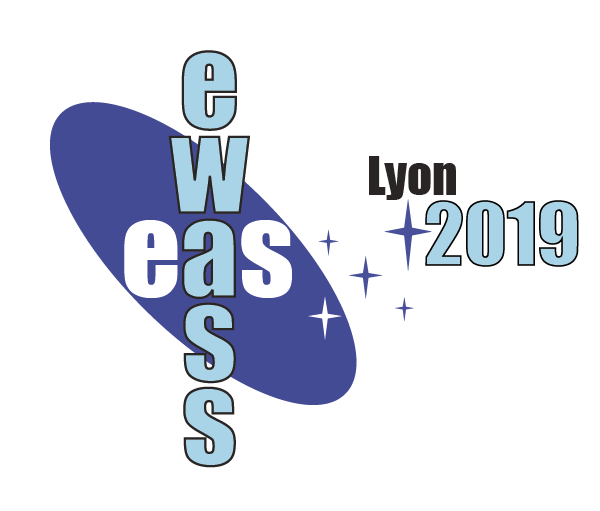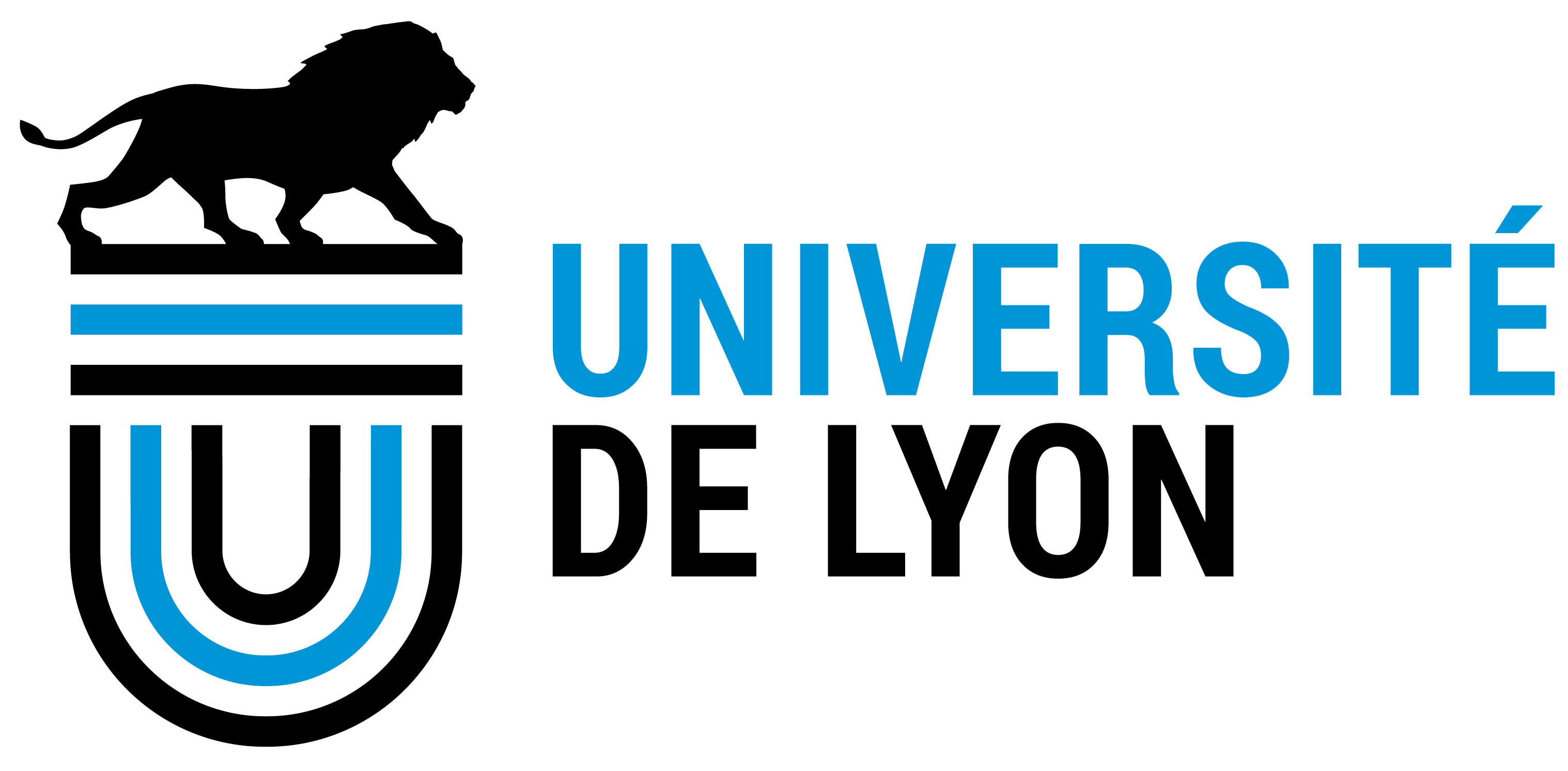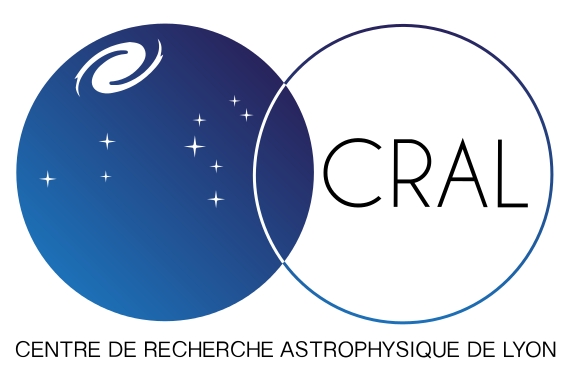Symposium S7
24-25 June 2019
Cosmic dust (r)evolution
Aims and scope
Dust is ubiquitous in the interstellar medium (ISM) and known to influence every aspect of the evolution of the media in which it is embedded. In recent years, multiwavelength data with unprecedented spatial and spectral resolution have made it possible to make great strides in terms of observational constraints on dust (Planck, Herschel, ALMA, and in the future JWST, SKA, SPICA). In particular, it is now possible to trace dust evolution from the most diffuse ISM regions to the centre of molecular clouds and protoplanetary disks. The goal of this symposium is to discuss all aspects of the dust life cycle from astrophysical, chemical, and mineralogical points of view. It is now clear that we need to better understand the effects of dust evolution throughout this cycle and in a range of astrophysical environments. Observations, theoretical models, numerical simulations and experimental approaches must all contribute to our understanding of the dust life cycle. This symposium will address new developments in all of these areas, with the overriding aim of fostering critical interactions on this timely subject.
Observations, theory, numerical simulations and laboratory experiments related to ISM physics and chemistry cannot bypass the dust component. Observations rely on the dust emission and extinction to infer key ISM properties: gas and dust masses, magnetic field strength and orientation, radiation field intensity and hardness. Theory and numerical experiments need realistic dust grain models in order to study the interactions of the gas and dust with stellar radiation and magnetic fields. The symposium will enable and facilitate discussion on three principal axes:
- Is dust a good proxy for the gas at all scales in the ISM? How does the dust-to-gas ratio vary and where?
- How do models and experiments compare with observations? What are the critical processes in modelling dust observations: dynamical coupling with the gas, coagulation/fragmentation, dust grain composition/optical properties?
- What is left to be explained? What physics is missing? How do laboratory experiments aid our understanding of dust properties?
Programme
All sessions will aim at highlighting the synergies of the methods used to understand dust: observations, lab experiments, theory/modelling/simulations. The symposium program will adress the three following questions from the diffuse ISM to protoplanetary disks.
- Is dust a good proxy for the gas?
- Where and how does dust form?
- Dust evolution at all scales
Abstracts for talks and posters will be accepted.
Invited speakers
- Daniel Price (Monash University, Australia)
- Cornelia J�ger (MPIA, Jena, Germany)
- Anthony Jones (IAS, Orsay, France)
- Mikako Matsuura (Cardiff University, Cardiff, UK)
- Ana�lle Maury (AIM, Saclay, France)
- Fran�ois M�nard (IPAG, Grenoble, France)
- Sarah Sadavoy (Harvard-Smithsonian Center for Astrophysics, USA)
- Matthew Smith (Cardiff University, Cardiff, UK)
Scientific organisers
- J�rgen Blum (University of Braunschweig, Germany)
- Beno�t Commer�on (CRAL, Lyon, France)
- Karine Demyk (IRAP, Toulouse, France)
- Josep Miquel Girart (ICE, Barcelona, Spain)
- Ciska Kemper (ESO, Garching, Germany)
- Karl Gordon (STScI, USA & Univ. of Ghent, Belgium)
- Guillaume Laibe (CRAL, Lyon, France)
- Marc-Antoine Miville-Desch�nes (AIM, Saclay, France)
- Karin Sandstrom (University of California, San Diego; San Diego, CA USA)
- Nathalie Ysard (IAS, Orsay, France)
Contact
nathalie.ysard @ ias.u-psud.fr
Updated on Fri Mar 29 10:25:00 CET 2019
|

 A power cut will shut down all EAS services on Tuesday, 10 January 2017 starting at 7:30 CET.
A power cut will shut down all EAS services on Tuesday, 10 January 2017 starting at 7:30 CET.





